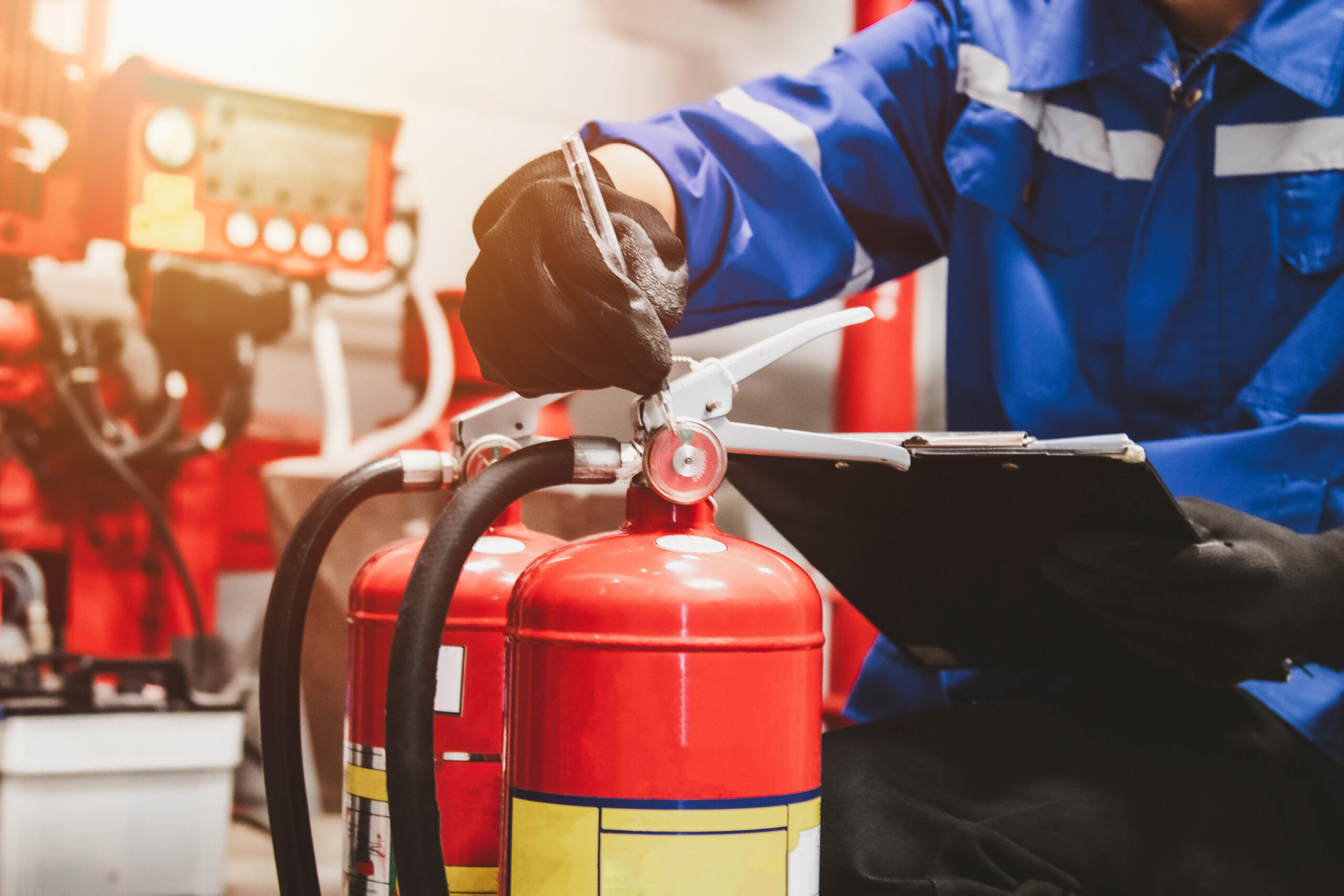OSHA Shifts Focus with New Inspection Program — But Safety Shouldn’t Stop There

On May 20, 2025, the Occupational Safety and Health Administration (OSHA) announced major updates to its inspection program. Under the new initiative, OSHA will prioritize inspections based on injury and illness data submitted by employers under federal recordkeeping rules. In short, workplaces with the highest rates of serious injuries and illnesses are now more likely to face targeted inspections.
This shift represents a more intelligent and focused enforcement model. Rather than spreading resources thin across thousands of random worksites, OSHA aims to concentrate efforts where the data shows workers are most at risk. According to OSHA, this initiative aims to enhance efficiency and ultimately save lives by identifying and addressing unsafe conditions more promptly.

However, while regulatory enforcement plays a crucial role in workplace safety, it’s a mistake to view compliance as the ultimate goal. Passing an OSHA inspection is not the same as having a strong safety culture.
Safety Isn’t Just About Compliance — It’s About Responsibility
Safety managers must remember: You don’t just have a legal obligation to maintain a safe workplace — you have a moral one. Every employee deserves to go home at the end of the day in the same condition they arrived — or better. Meeting OSHA standards is the minimum. A truly safe workplace requires going beyond the rulebook.
Some companies fall into the trap of “inspection readiness,” preparing only when they anticipate an OSHA visit or other form of audit (think ISO, EPA, etc). This reactive mindset can lead to bare-minimum compliance, overlooked hazards, and employees who view safety protocols as temporary, rather than essential.
Instead, safety should be embedded in every task, every shift, every level of leadership — all year long.

Pro Tips for Building a Stronger Safety Culture
If you’re a safety professional or business owner wondering where to start, here are some practical steps to help shift your team’s mindset from compliance to commitment. These elements also form the base of a strong safety management system:
- Start with Leadership Buy-In
Culture flows from the top. If senior leaders prioritize safety in their decision-making and daily operations, employees will follow suit. Make safety a regular part of management meetings and executive communications. - Encourage Employee Involvement
The people closest to the hazards often have the best insight. Create open channels for workers to report unsafe conditions without fear of retaliation, and involve them in hazard assessments and safety committees to ensure their input is valued. - Conduct Regular Walkthroughs — Even When OSHA Isn’t Watching
Perform internal audits and safety observations often, not just during inspection season. Involve supervisors and line workers, and treat these walkthroughs as learning opportunities rather than fault-finding missions. - Invest in Training — and Refresh It Often
One-and-done training doesn’t build lasting habits. Offer refresher courses, toolbox talks, and site-specific training regularly to keep safety at the forefront. - Recognize and Reward Safe Behaviors
Positive reinforcement goes a long way. Celebrate teams or individuals who go above and beyond to prevent incidents or suggest process improvements.

The Real Measure of Safety
OSHA’s revamped inspection program is a reminder that data matters — but so do people. Identifying the most hazardous workplaces is a step forward, but the responsibility for protecting workers still lies with each organization. Safety doesn’t begin with a clipboard or end with a citation — it starts with culture, and it grows through commitment.
By taking ownership of safety today, you can create a workplace where inspections are simply confirmation of what you already know: that safety isn’t a checkbox — it’s a company value.
Blog Posts
Latest Posts
Related Posts




